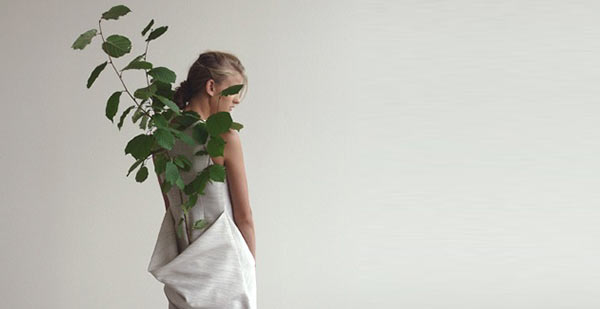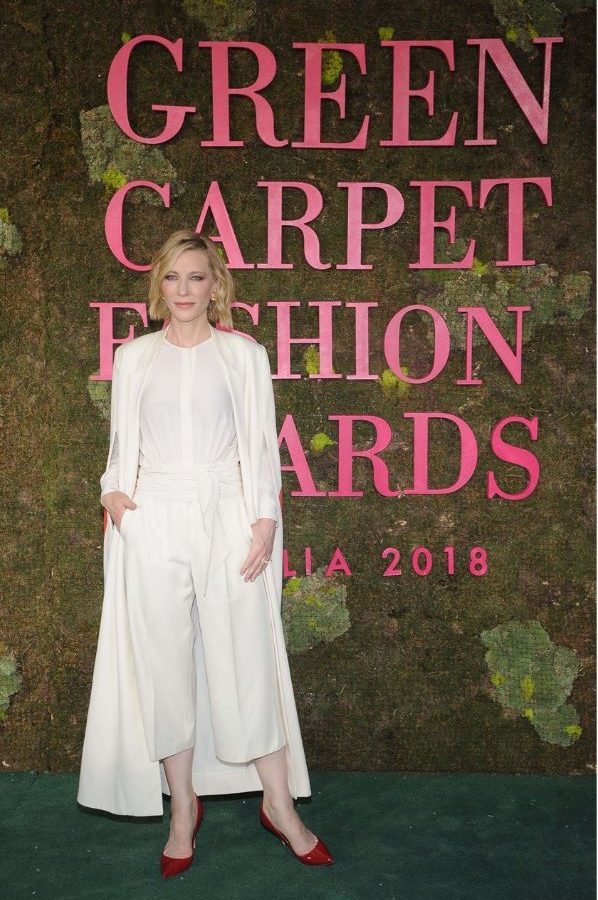It is no longer just a trend. The sustainable fashion that everyone thought was just a trend or a prerogative of radical chic, has taken root and will remain in our lives for a long time. Fortunately, attention to the environment in recent years has changed. All our behaviors are slowly undergoing a turn towards a more “green” vision as we started to understand that there is no time to wait – we should act now in order to save the planet. Fashion could not remain indifferent to the issue of sustainability and we can see that many brands have started to implement some changes. In 2015, the Member States of the United Nations issued the Sustainable Development Goals which should be achieved by 2030 that also concern the fashion sector. We often think that fashion cannot have a great impact on sustainability. However, it is completely false: just multiply the number of people in the world by the number of clothes they have. An infinity, isn’t it?

#1
ETHICAL BRANDS
Some brands have started much earlier. The most famous one is Stella McCartney, which banned all sorts of leather and furs when the brand was first created in 1997. Completely eco-friendly, McCartney uses only regenerated cashmere, organic cotton and viscose from sustainable forests.
H&M, began in 2011 to take steps for its CONSCIOUS line for a new offer entirely made with natural and eco-sustainable materials such as organic cotton, regenerated wool, recycled polyester and tencel: a latest generation fiber produced in starting from eucalyptus trees, of which wood pulp is used.Tencel is the most eco-friendly artificial cellulose fiber of the moment and by 2030, the parent company declares, all production will use this type of material.
Martine Jarlgaard and Honest By are among the brands that made their trademark transparent and have traced the entire production chain to show their commitment to sustainability, not just fabrics, but highlighting care and respect of the whole sector and of the workers who work in the supply chain.
#2
THE GREEN CARPET
The red carpets are always exciting for fashion lovers and for this reason it was very important for everyone to attend the first green carpet, held in the historic Piazza della Scala in Milan (closed for the occasion in the afternoon ) and organized by the Chamber of Fashion. The decorations were impressive – 1700 square meters of green carpet with leaves and flowers, a sound installation that included a very slight chirping of little birds to replace the usual traffic and a 70-meter tapestry covering the columns of the Scala made with over 300 kg made of recycled plastic obtained from commonly used bottles. The participation of the stars is also important, as they are increasingly attentive to the green issue. Among the stars were: Julianne Moore, Cate Blanchett, Sara Sampaio, Cindy Crawford, Amber Valletta and Alessandra Ambrosio.

#3
GREEN, ECO-FRIENDLY AND THEN?
The eco-friendly fibers, the traceability of the supply chain and the new regulations for fast fashion is not enough. Everyone’s commitment is necessary. We must all get used to smart and conscious consumption, for example promoting the sharing economy, were the rental of clothes is a part. “Buy better, buy less” said fashion designer Vivienne Westwood many years ago but today we can do more. Promoting and spreading the rental also means taking a step forward and creating a society where ownership counts much less than experience, where the surrounding is capable of positively influencing the actions of the individual and where each of us can be able to be consciously the best version of itself (without giving up the glamor aspect, of course!).











